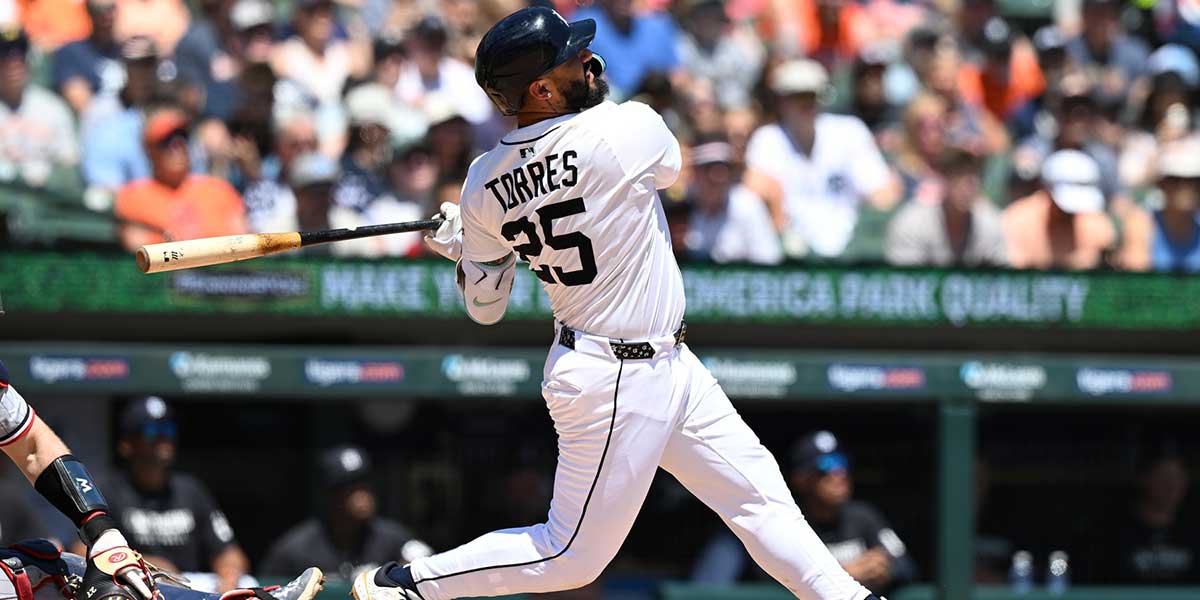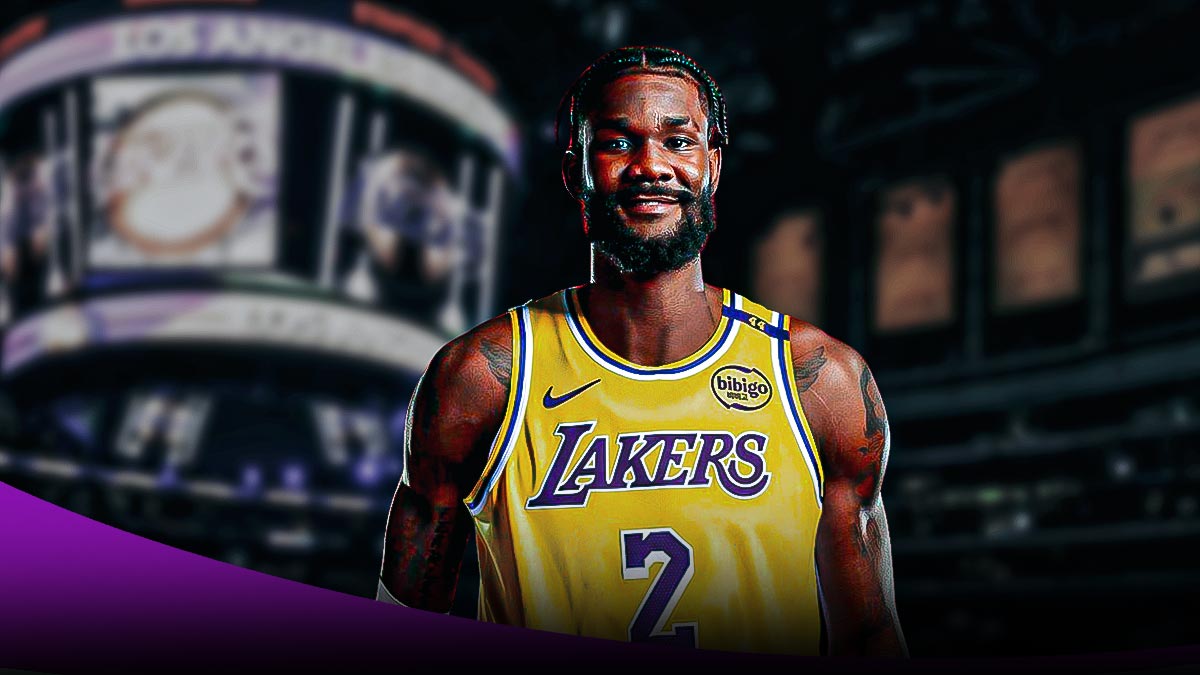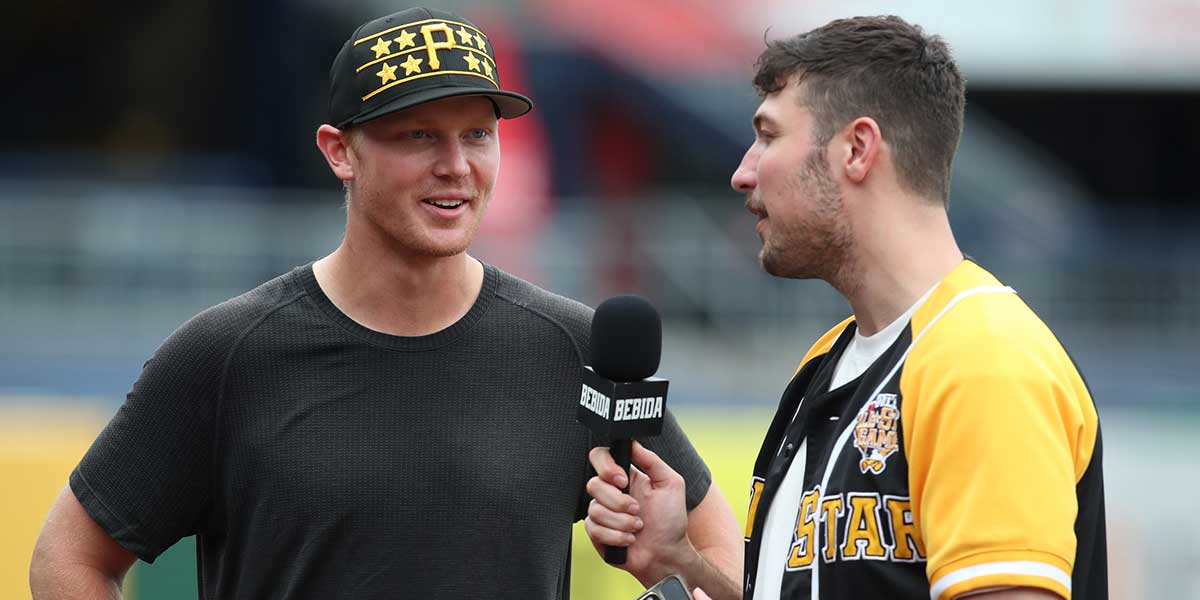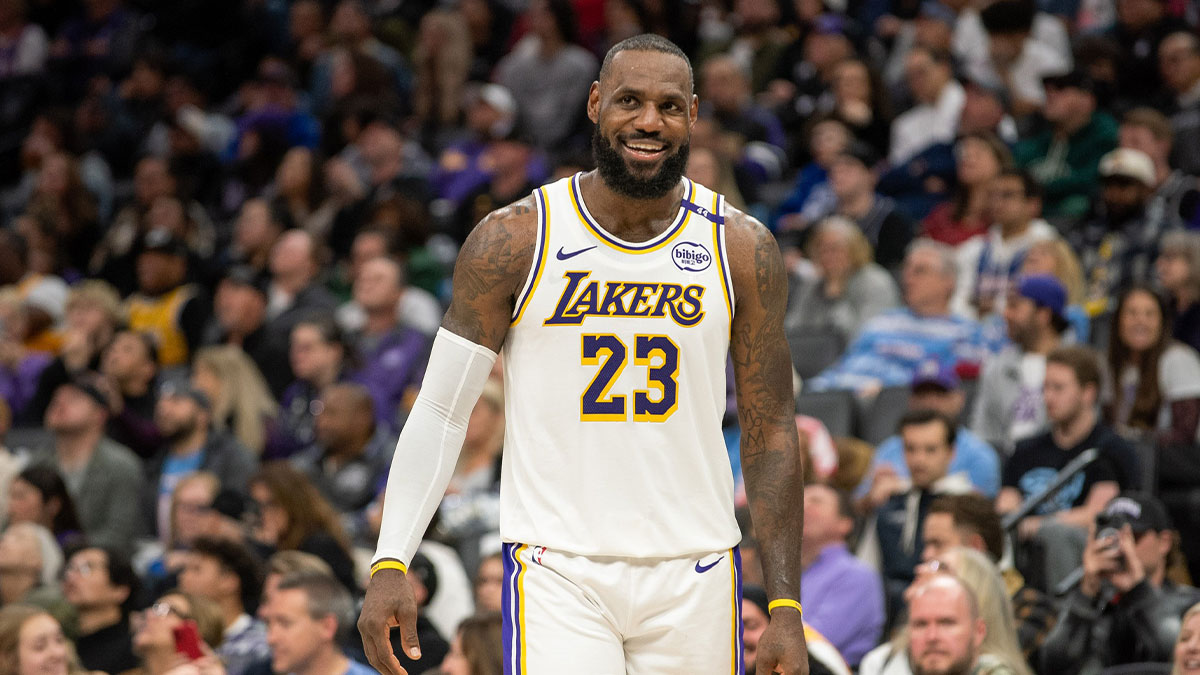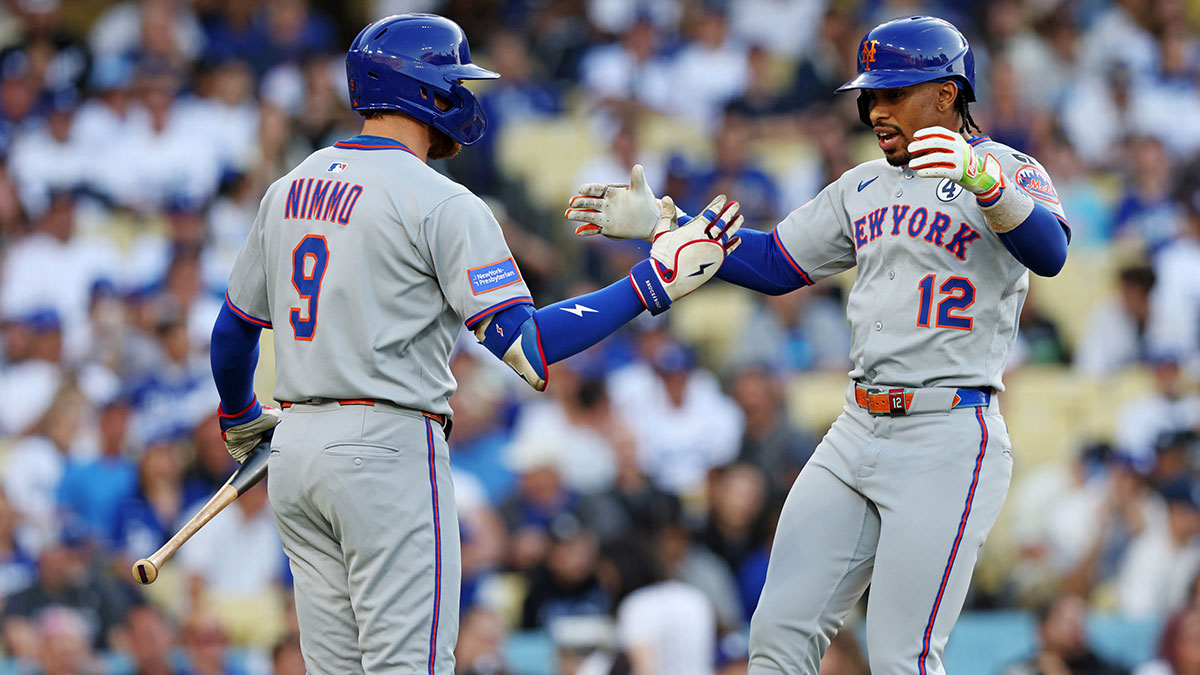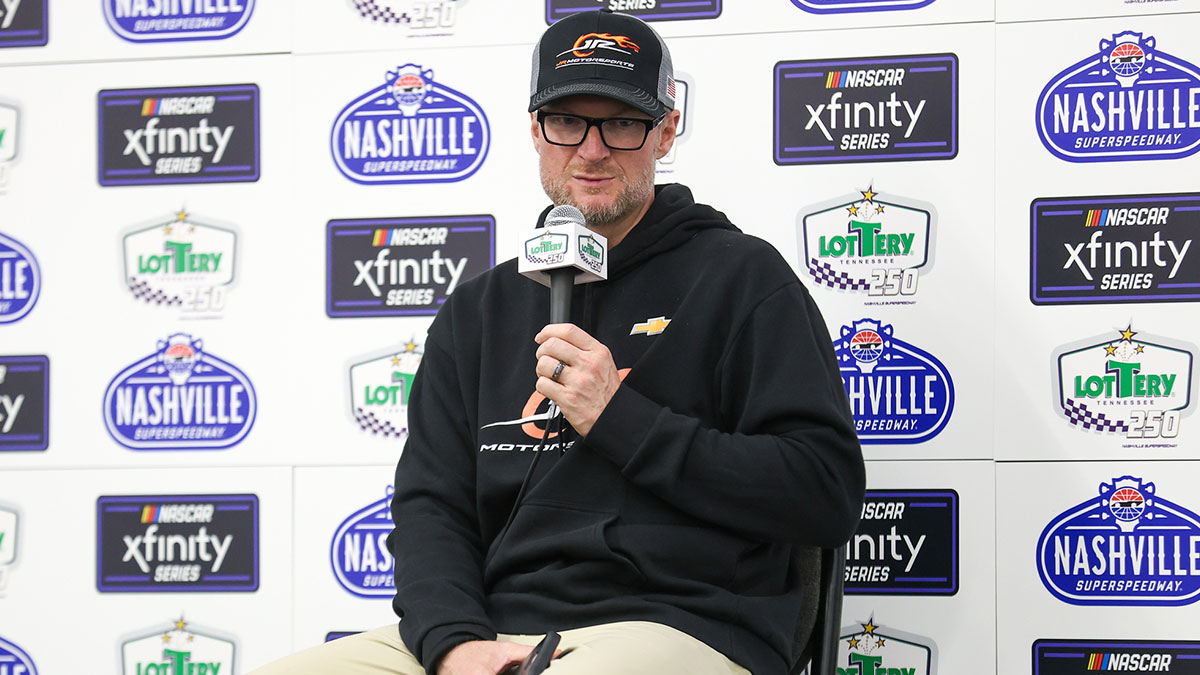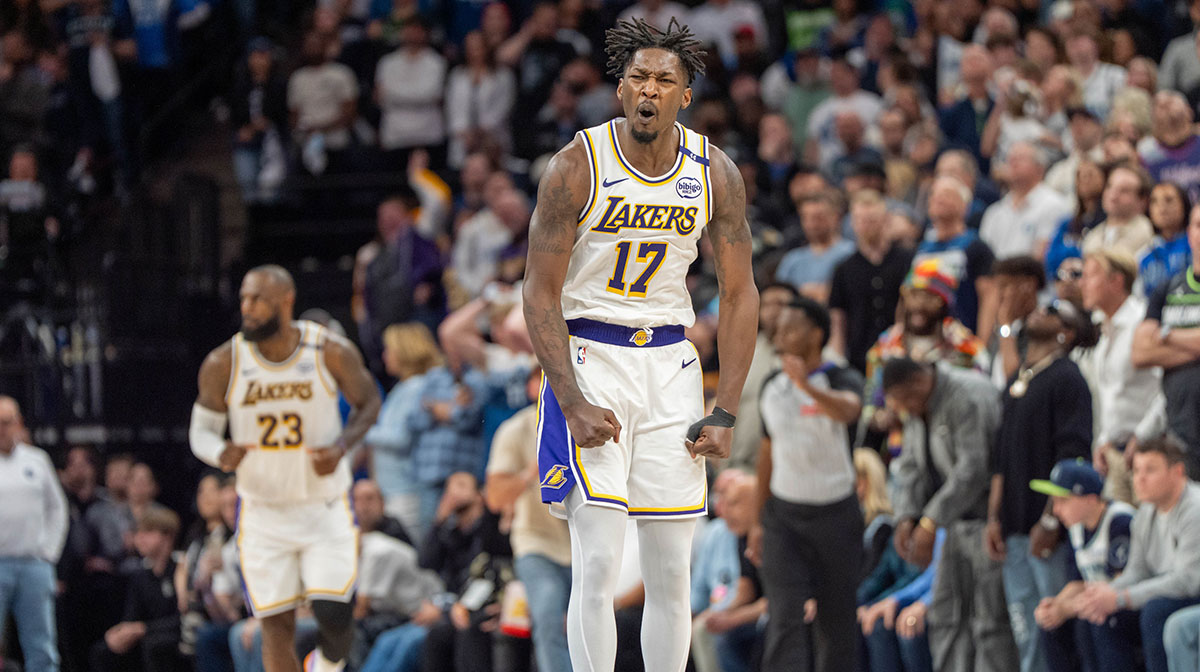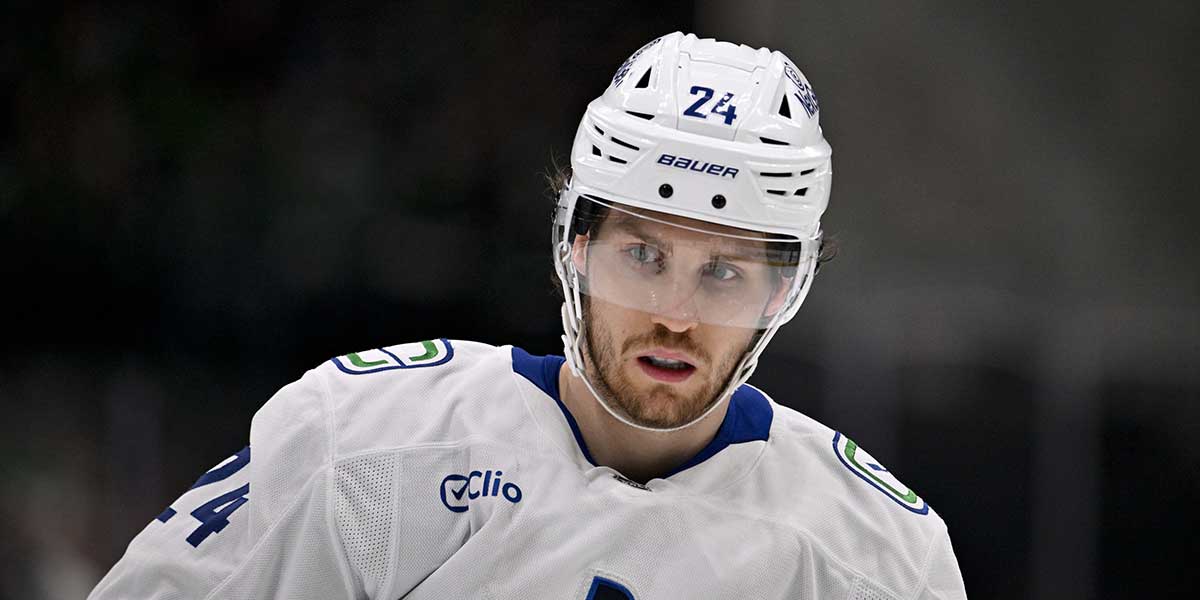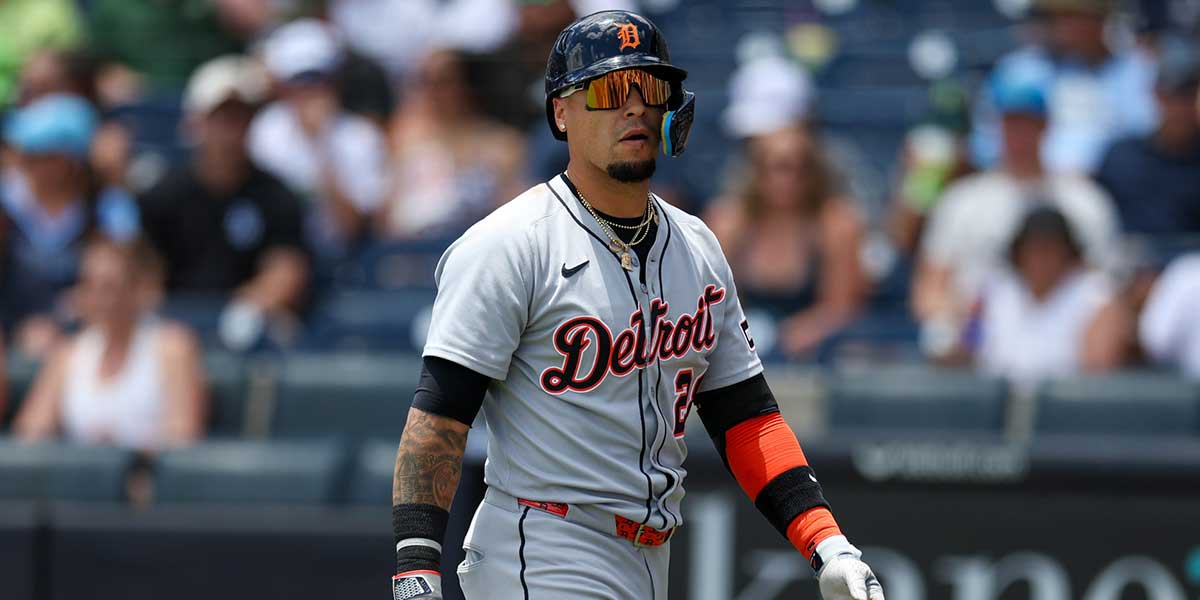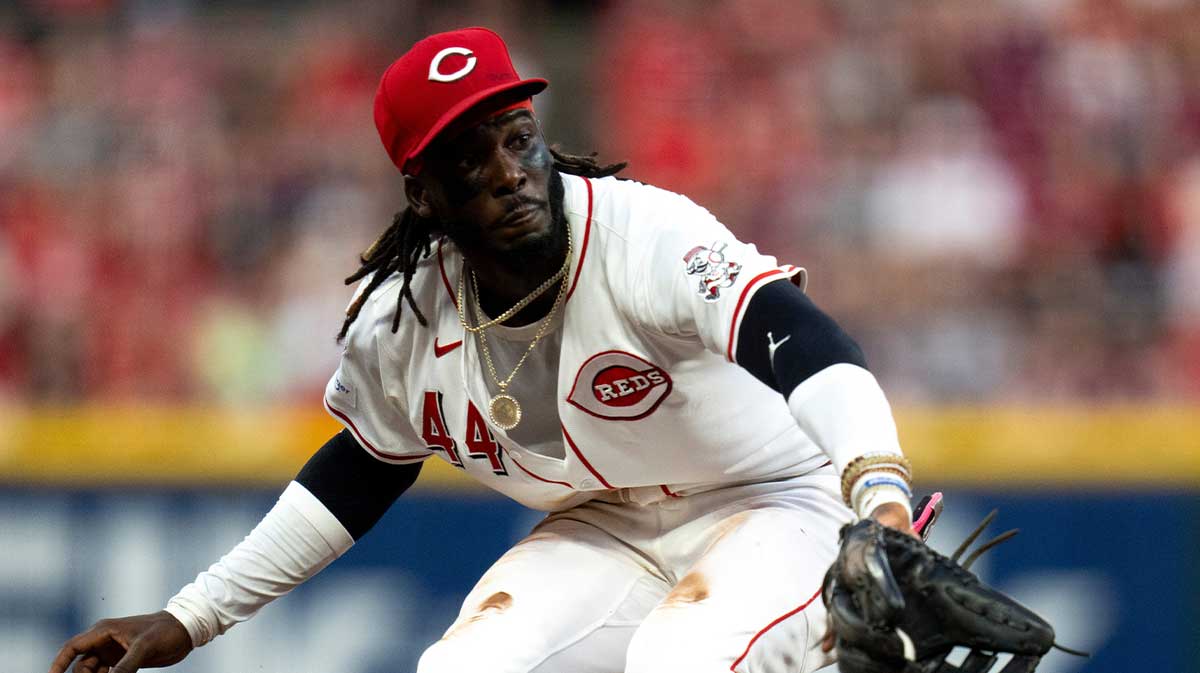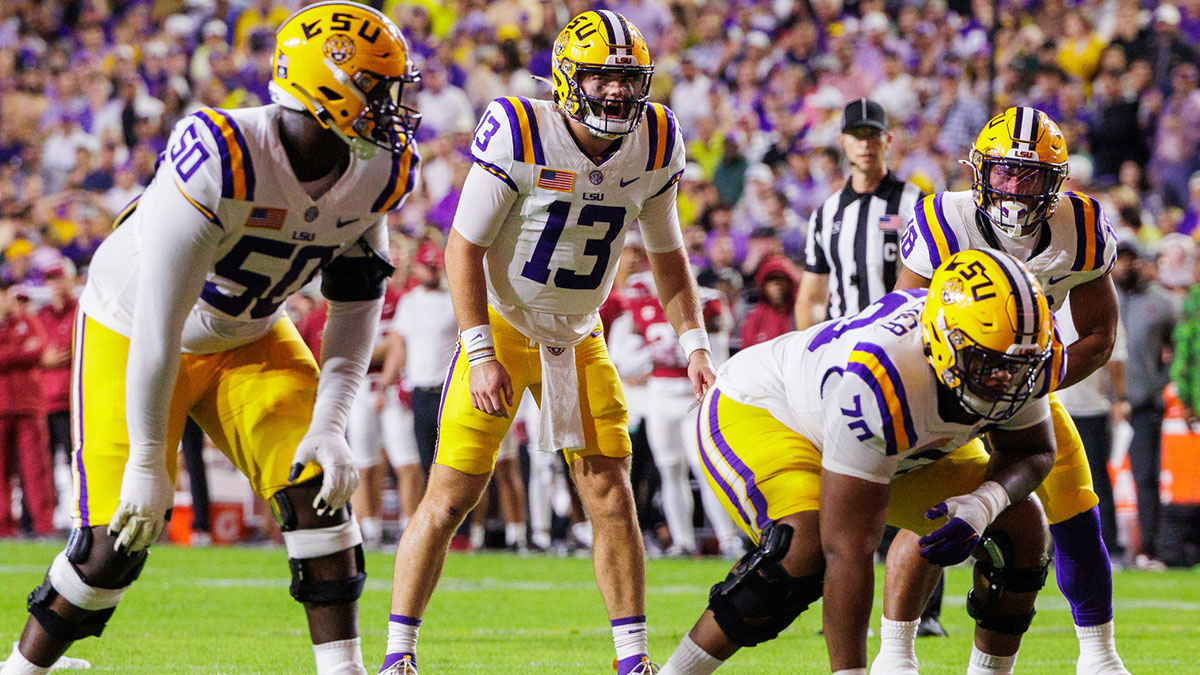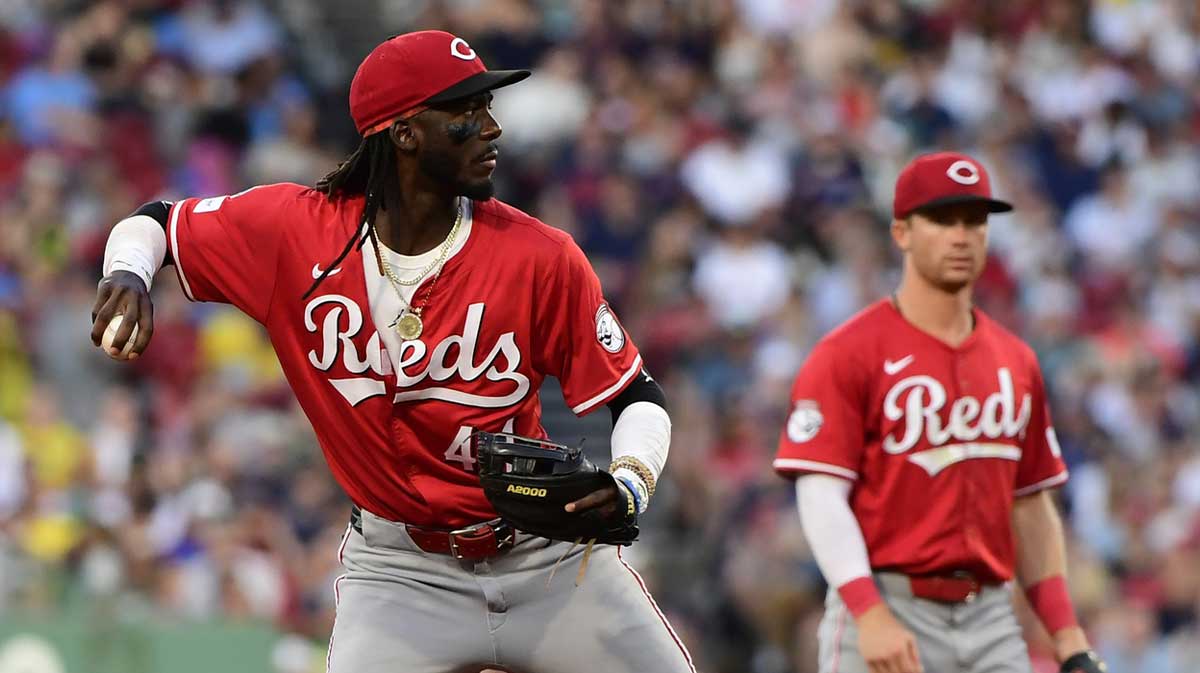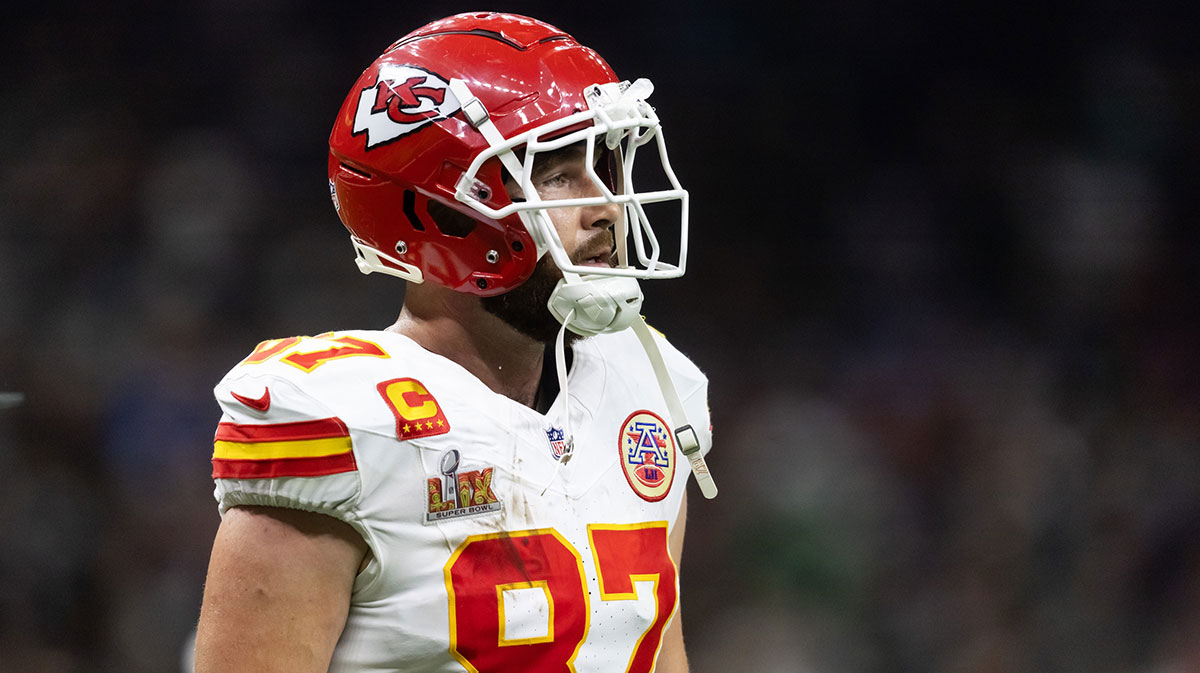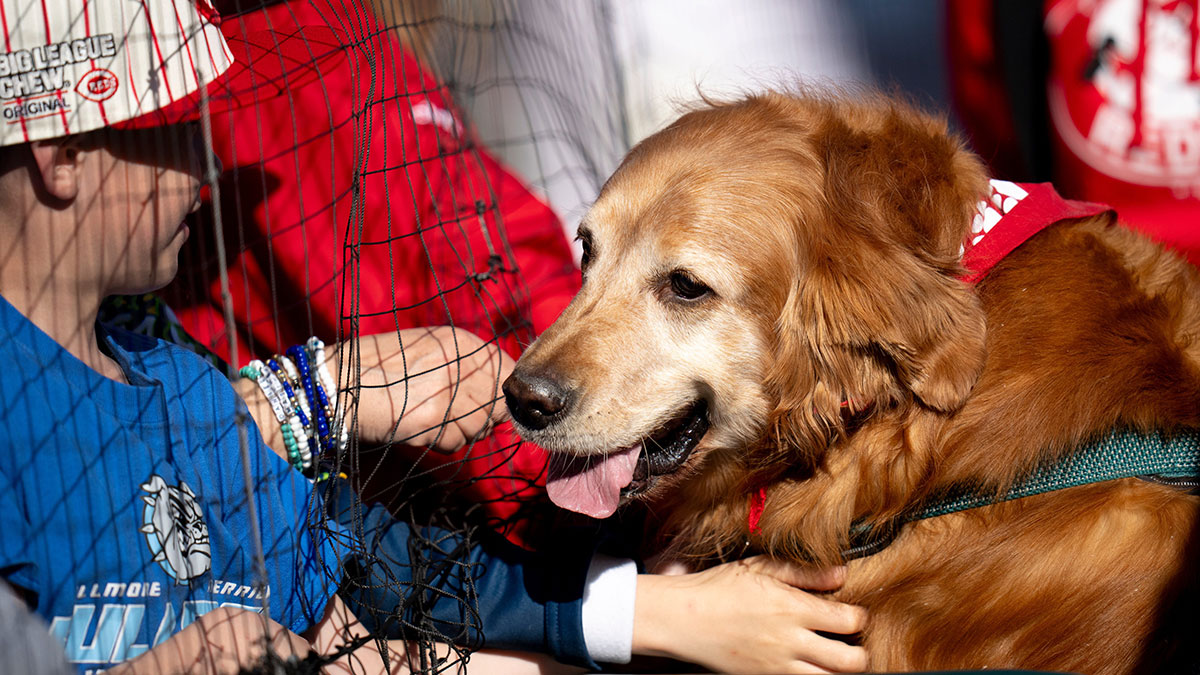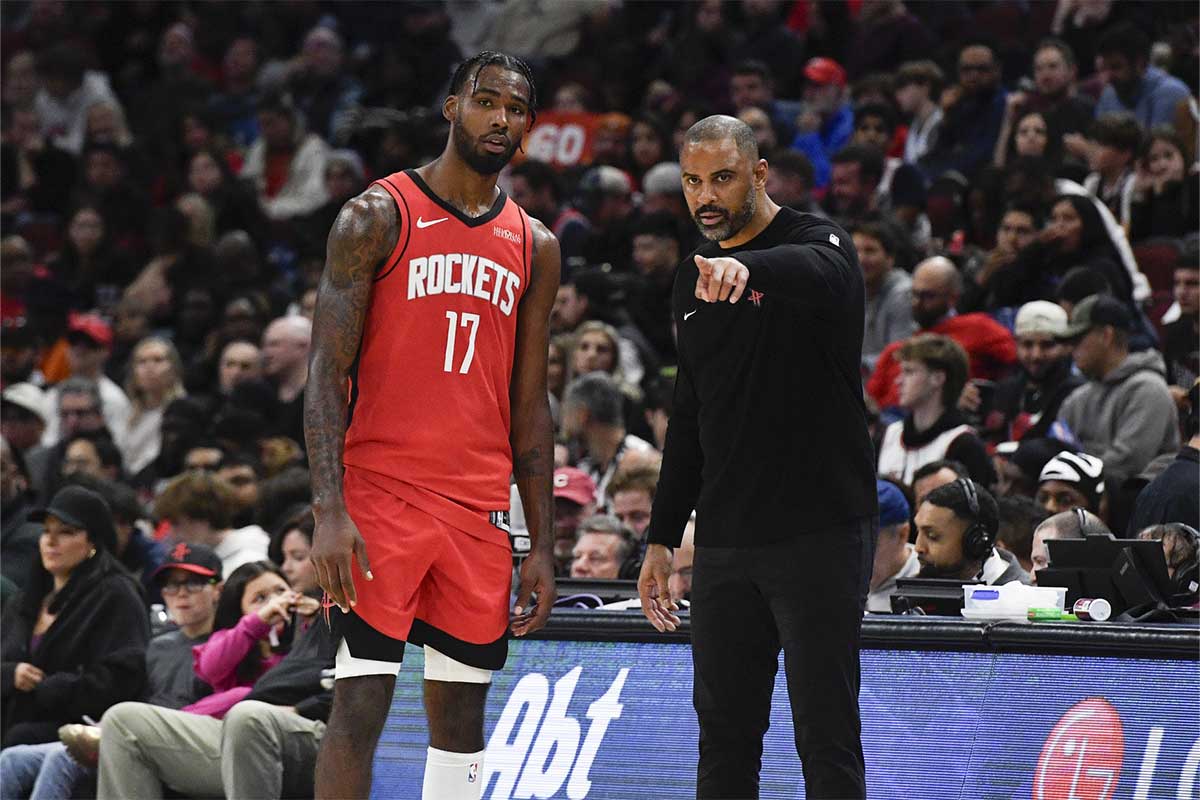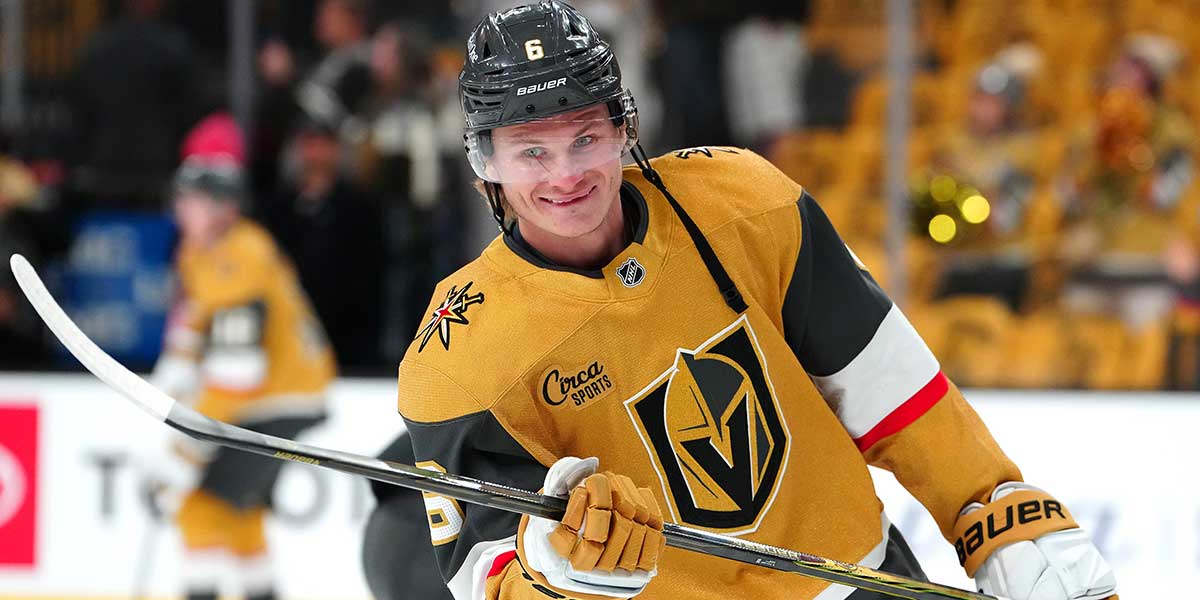We all know that injuries have been a part of the game of basketball ever since its inception. We have seen many NBA careers get ruined by an awkward fall or fatal misstep.
An example of this would be Grant Hill. It was said he could end up as good as Michael Jordan before a hernia cut his career short. Another would be former All-Star and Most Improved Player Danny Granger, who's production and playing years were ruined by several injuries on his left leg and foot.
The entire 2019-20 NBA season could have been so different had it not been for injuries. This was the season that could've seen the return of the Splash Brothers as the focal point of the Golden State Warriors' offense. We could have witnessed the full recovery of the Brooklyn Nets thanks to Kyrie Irving and Kevin Durant. However, several injuries put a halt on us seeing the full potential of these teams.
However, as we've seen, sports science continues to progress along with the sport itself. We see athletes nowadays overcoming injuries that would have been considered career-ending mere decades ago. Here, we look at the NBA's best injury comebacks in the 21st century. We put particular importance on the form, statistics, and achievements of the player after the fact — not exactly comparing the abilities of the player before and post-injury. We will be considering the extent and degree of the injury that the players have had to return from.
We now anticipate Kevin Durant, Klay Thompson, Steph Curry, and other injured stars would have bounce-back 2020-21 seasons, ones that would otherwise get onto this list. Here's to hoping they don't land here anytime soon or at all.
With that said, here are the NBA's best injury comebacks this decade.
DISCLAIMER: Most of the injuries to be described in this article are of the gruesome nature; reader discretion is advised.
Shaun Livingston

Shaun Livingston is known for his immense height advantage at point guard, being able to play the one, two, and three positions at 6 feet 7 inches. He is also well-known for being one of the Golden State Warriors' best bench players. He was instrumental to their three titles in four years as a utility player and a spark off the bench. He is, however, best known for one of the most gruesome injuries that the NBA has ever seen.
In a game against the then Charlotte Bobcats back in the 2006-07 regular season, Livingston tore his anterior cruciate ligament (ACL), posterior cruciate ligament (PCL), and lateral meniscus, while spraining his medial collateral ligament (MCL), as well as dislocating his patella and tibio-fibular joint.
In short, he pretty much destroyed almost every part of his knee after a bad landing. This was apparent even as a viewer watching the game; his leg could be seen bending laterally (to the side) after a missed layup. We suggest not looking up footage of this injury due to its graphic nature. It is not for the faint of heart.
Livingston was told that there was a chance that his leg would have to be amputated, obviously spelling the death of his playing career. He underwent months of rehabilitation before he could step into the court again. Due to this, along with some other nagging injuries, he missed 101 out of a possible 246 games in his first three years in the NBA.
This was truly a shame, since Livingston was a highly-rated prospect coming straight out of high school as a tall point guard with a lot of upside. This injury took place in his third season in the league, wherein he was close to averaging then career-highs; 10 points and 5 assists a game for a pre-Lob City Los Angeles Clippers.
He would not get picked up by the Clips after his third year, which kicked off Livingston's journeyman NBA career; all-in-all, he played for nine NBA teams and one D-League team. In the end, he found a home in Oakland, where he became a defensive foil and back-up ball-handler to Steph Curry. Aside from being a solid all-around player, he had his notable moments in the Bay Area as well. His most well-known game for the Warriors would be in a victory against the Cleveland Cavaliers in Game 1 of the 2016 NBA Finals. He led the Warriors in scoring with 20 points on 8 of 10 shooting, to go along with 4 rebounds and 3 assists.
What a feat it was for Shaun Livingston to still be able to play more 12 years after his injury. For him to be a vital cog in the Warriors dynasty, winning three rings in the process, is nothing short of miraculous. This is down to Livingston's grit and spirit, as well as his bravery to step into the court again even after almost losing his leg.
He is now retired, officially announcing his departure from the court after going unsigned in the 2019 free agency. Livingston is now part of the Golden State Warriors' front office, wherein he works a “hybrid” position, in that he is a key part of the front office, as well as a veteran presence in the locker room.
Gordon Hayward

Like Shaun Livingston's injury, we do not recommend looking up footage of Gordon Hayward's injury due to its graphic nature.
The Boston Celtics made two big moves in the 2017 free agency period. They traded Isaiah Thomas, Jae Crowder, Ante Zizic, and the pick that would become Colin Sexton to the Cleveland Cavaliers for Kyrie Irving; they also signed 2017 All-Star Gordon Hayward to a 4-year, US$ 128 million dollar contract. The two superstars were expected to carry the franchise to the heights of what the Big Three achieved and even more.
The Celtics went against Irving's former team, the Cleveland Cavaliers, in the 2017-18 Opening Night. Hayward, known for his explosiveness and high-flying ability, went up for a standard set, a backdoor alley-oop a few minutes into the first quarter. What transpired was one of the most gruesome sights of recent NBA history. Hayward landed awkwardly on his left leg, causing his ankle to break sideways in a very explicit manner. The result was a dislocated ankle and a fractured tibia, obviously ending Hayward's 2017-18 season.
His injury required painstaking rehab, which Hayward described as both physically and mentally challenging. He was set to return next season, with a lot of expectations on the Celtics after their impressive regular season and NBA Playoffs run.
The 2018-19 season turned out to be a rather disappointing one for Hayward and the Celtics, with the team failing to gel and reach their potential for the most part. Hayward himself was placed on the bench in favor of the hot-handed Marcus Morris. They would get eliminated from the Playoffs in the ECS by the Milwaukee Bucks after five games. Hayward averaged 11.5 points in the regular season on 47% shooting , his lowest scoring average since his sophomore year.
The next year, however, would see a more impressive season from Gordon Hayward, as well as the Celtics collectively. He averaged a much better 17.5 points per game on 50% shooting, while shooting 38% from three. There was even talk of the Celtics potentially having four players in the 2020 All-Star game, with Hayward, Jayson Tatum, Jaylen Brown, and Kemba Walker playing excellent basketball. Hayward did not make the cut, but it was still a great season from him nonetheless. He would get injured in the first round of the Orlando bubble Playoffs against the Philadelphia 76ers, returning only in the ECF in Game 3 against the Miami Heat.
Hayward expressed how tough it was to come back after an injury like that in terms of mental awareness. This was understandable, since Hayward employed his high-flying and athletic ability frequently; the injury had to linger at the back of his mind every time he would go up for a lob or even a breakaway dunk.
Still, he is an excellent three point and midrange shooter, and is very crafty in the paint. He used these abilities to generate a great bounce-back season in the 2019-20 season, two years after that fateful night in Cleveland.
Andrew Bogut

Andrew Bogut stands out in this list for two reasons. He is the only center to feature, and he is the only one not to have suffered a serious injury on his legs. His arm injury, however, was one of the most sickening sights that befell the NBA's sight.
Bogut is one of Australia's greatest ever basketball players. As a young center playing for the Utah Utes, he was the National College Player of the Year in his sophomore season in 2005, which led him to get selected as that year's first overall pick by the Milwaukee Bucks. In his early years, he was already struggling with the injury bug. Nevertheless, he still managed to average almost 12 points and 9 rebounds in his first 4 years in the league. It was in the 2009-10 season, however, wherein he really broke out with career-highs of 15.9 points and 10.2 rebounds a game, getting All-NBA Third Team honors in the process. It was also in this season that he would suffer his most horrific injury.
In a game against the Phoenix Suns, the Australian would severely injure his arm in an awkward landing after a fastbreak dunk. He crashed into the ground with his arm twisting and crumpling under his weight. Afterward, he would be diagnosed with a broken hand, dislocated elbow, and a sprained wrist the next day. He was understandably out for the rest of what would be his breakout season.
It was one of those injuries that looks undoubtedly devastating, but Bogut did not miss as many games as he could have. He still played 65 games in the 2011-12 regular season. His finest moments post-injury, however, came in his four years with the Golden State Warriors. Like Shaun Livingston, he was a tremendous piece of the Warriors' golden generation. He was already there in the Warriors' breakout 2013-14 season, he was their best center in their 2014-15 Championship run, as well as their historic 2015-16 73-9 season. He averaged 6.3 points and 8.3 rebounds in his 4-year tenure with the Dubs.
Bogut last played in his native Australia for the Sydney Kings in the 19-20 season, about a decade after his arm got mangled. He still hasn't officially announced his retirement, after choosing not to re-sign with the Kings. It is also worth noting that he returned to the Warriors in their 18-19 Finals run, although undertaking a much less-significant role.
Derrick Rose

The story of the Windy City Assassin is one that many NBA fans will remember as an incredible career ruined by injury. Here, we simply admire and appreciate how well Derrick Rose managed to bounce back from years of injury and turmoil.
Cast your mind back to 2012: the Chicago Bulls finished the regular (lockout) season tied with the San Antonio Spurs for the best record in the NBA. They were being led by the previous year's Most Valuable Player, the high-flying, captivating, and transformative Derrick Rose; only the second Bull to win the award, the first one being Michael Jordan himself.
In the first game of the first round of the Playoffs, they were wrapping up a comfortable victory against the eight-seeded Philadelphia 76ers. With less than 90 seconds remaining in the game, Rose drove to the rim and gathered the ball with a half-step. However, something looked terribly wrong, with him passing up the shot and kicking out to Carlos Boozer, and limping off the court nursing his left knee. This was troubling, due to the injury problems that Rose had already been dealing with. It turned out to be a torn ACL, one of the most well-known and devastating injuries in sports. He was sidelined for the rest of the series, with the Bulls getting upset by the Sixers in 6 games. He would miss the entire 2012-13 season as well.
It got worse for Rose after he injured his right meniscus in the 2013-14 season just after coming back. He stayed for two more seasons after that, averaging 17 points on 41% shooting. He, along with Justin Holiday and a pick, would get traded to the New York Knicks in 2016 for Robin Lopez, Jose Calderon, and Jerian Grant. This would be the start of the most tumultuous part of Rose's career. From 2016 to 2018, he would be a part of four teams: the Knicks, the Cleveland Cavaliers, the Utah Jazz, and finally the Minnesota Timberwolves.
In this two-year span, he would average 15 points in one season with the Knicks, the Cavs, and the Wolves; the Jazz waived Rose 2 days after the three-team trade between them, the Cavs, and the Kings took place. He would just command a veteran's minimum of a 1-year with the Cavs. He would also tear his right meniscus during this stretch. From all of this, it seemed like Rose was about to spend the rest of his career as a journeyman riding the bench. The Timberwolves re-signed him for the the 2018-19 season to be the back up for Jeff Teague, after picking him up in the middle of the 2017-18 season.
It would all turn back around for Rose eventually. We can pinpoint this comeback exactly on the 31st of October, 2018, wherein he remarkably scored a career-high 50 points against the Jazz themselves, making the game-winning block in the process. Rose would continue this return to form all throughout the rest of the season, averaging 18 points on a career-high 37% clip from three-point land.
He carried this to the 2019-20 season after signing a 2-year, $15 million deal with the Detroit Pistons. He found his best form post-injuries in Motor City, averaging 18 points on just below 50% shooting from the field. There was even talk of Rose being selected to the 2020 All-Star game, 8 years after his last All-Star appearance. He was also a potential 6th Man of the Year Candidate.
Paul George

By now, all the NBA fans will think of when seeing or hearing the name Paul George would be his subpar showing in the Orlando bubble Playoffs, inspiring such monikers as “Wayoff P” and “Pandemic P”, among others. It is useful to remember, however, just how severe George's injury was, and how well he retained his level of play after the fact; some would even say he had his best season post-injury.
Unlike the other players in this list, Paul George did not suffer his injury playing in the NBA. The injury took place months after the conclusion of the 2013-14 season. This was just after George led his Indiana Pacers to the one seed and an ECF berth, where they lost in 6 to LeBron James' Miami Heat. At the time, George was a promising young 2-way player; he was a 2x All-Star, 2x All-NBA Third Team member, 2x All-Defensive player, and had just won the 2013 Most Improved Player award. He was on his way to becoming an Indiana Pacers legend, perhaps even the Pacers' best ever player.
This would get derailed at a Team USA scrimmage. On his way to block a James Harden layup, he crashed into the stanchion of the basket, and broke his leg. Like some injuries in this list, George's injury is very graphic, and is not recommended viewing. The injury was so bad that Coach Mike Krzyzewski put a stop to the scrimmage.
Remarkably, he was already shooting jumpers after just two months off the injury. He was ready to play in the last few games of the 2014-15 regular season, by late March/early April of the next year. He came back with a vengeance in the 2015-16 season, averaging a then career-high 23.1 points, as well as almost 2 steals per game. He increased his scoring in his last season in Indiana, with 23.7 points.
It was, however, with the Oklahoma City Thunder that he had his best season yet. After his first year in OKC, averaging almost 22 points, he opted to stay with the Thunder despite numerous links with the Los Angeles Lakers. George would then have a sensational 2018-19 season, wherein he came third in MVP voting after averaging career-highs of 28 PPG, 8.2 rebounds, 4.1 assists, and 2.2 steals.
Indeed, there was a reason why a trade bringing George to Los Angeles was Kawhi Leonard's ultimatum on joining the Clippers.
Yes, PG13 has had a tough time in the postseason, particularly after his injury. Aside from his most recent Playoff disappointment in the Orlando bubble, he failed to get out of the first round in both seasons with Oklahoma, courtesy of the heroics of a rookie Donovan Mitchell and Damian Lillard's 40-foot bomb. Nevertheless, George might just turn out to have the best post-injury career out of all of the players in this list. Hats off to Mr. Playoff P for his remarkable recovery and unprecedented improvement after the fact.

